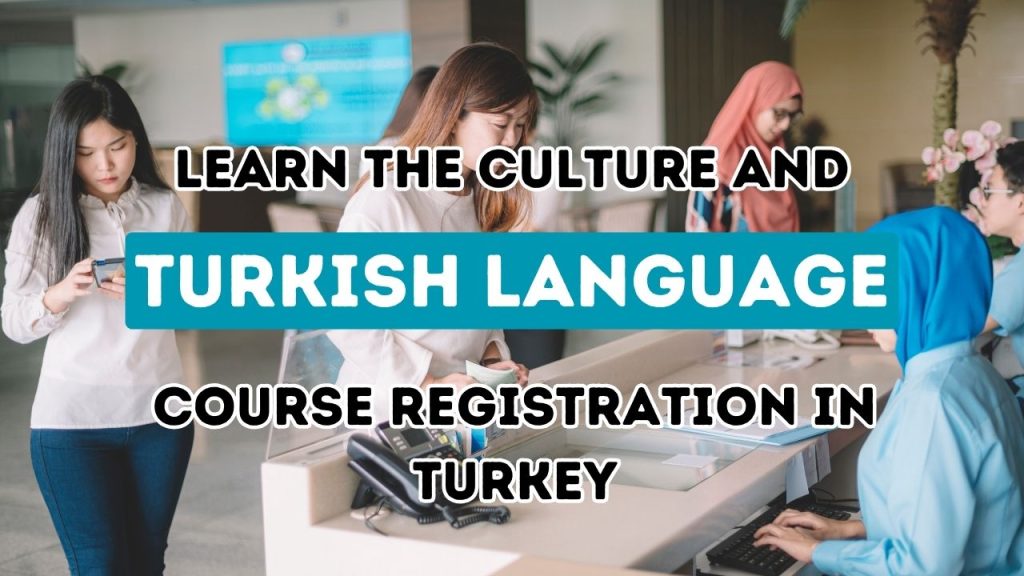Navigating through legal documents can feel like deciphering a different language, almost like a labyrinth for language students. The Apostille and Translation Guide for Turkish Language Students aims to illuminate the path for understanding the apostille process. Especially for those stepping into the world of Turkish translation, an apostille guide is crucial. Imagine the Turkish translation as a bridge connecting two linguistic worlds. However, ensuring that your documents cross that bridge legally is where the apostille process steps in. With translation tips peppered throughout, you’ll gain insight into both the art of translation and the legal nuances involved. Why gamble on misunderstandings when you can follow a guide designed to simplify? Don’t let your efforts languish in obscurity—transform cautious steps into confident strides. Our guide is your go-to compass, ensuring your document’s journey is as smooth as a well-translated Turkish phrase. Embrace this roadmap to success.
Understanding Apostille Requirements for Academic Documents in Turkey
Understanding the apostille requirements for academic documents in Turkey can feel like preparing for a puzzle, but with the Apostille guide, it’s much simpler. Language students often find themselves juggling both Turkish translation and the complexities of the apostille process. Imagine your diploma crossing the border, needing a stamp to ensure its authenticity—this is where the apostille comes in. It’s your document’s passport, certifying its legitimacy in foreign lands. Forget second-guessing and lost opportunities; our Apostille guide narrows down the essentials, so your academic achievements hold firm ground. Use our translation tips to perfect your documents and make their acceptance seamless. As a student, paperwork shouldn’t be the maze that eats up your study time. Instead, let this guide be the torchlight leading you through, making excellence not just a goal but a reality.
To demystify the apostille requirements in Turkey, it’s vital to first grasp the essentials. The Apostille guide sheds light on key elements like which documents need apostille, where to get it done, and how to use them overseas. For language students, juggling multiple translations, the apostille process might appear daunting at first glance. But think of it as the final piece in your paperwork puzzle. If your transcript or diploma is your ticket, the apostille acts as the validation stamp, ensuring its acceptability worldwide. With our carefully crafted Turkish translation advice, you’ll avoid common mistakes and unnecessary hiccups. Dive into our translation tips to ensure every word holds its weight legally. Don’t let the apostille process be the hurdle in your academic journey. Instead, let us guide you safely to the finish line, transforming potential pitfalls into stepping stones.
To make sense of the Apostille process in Turkey, you need a foolproof approach. Our Apostille guide offers just that, guiding language students through each phase like a seasoned mentor. By understanding which documents demand an apostille and where to find official assistance, you’re safeguarding your academic dreams. Turkish translation plays a pivotal role here; missteps can cost you both time and opportunity. Ever felt lost in translation? Our Translation tips section ensures your documents speak the right language legally. Remember, an apostille isn’t a mere formality; it’s the golden ticket to global academic recognition. Address the labyrinth head-on and sidestep those bureaucratic blind spots. Let misunderstandings be bygones with our guide—your academic achievements deserve to shine brightly on the international stage. Make the Apostille process not a daunting task, but a step towards your successful academic pursuit.
Essential Translation Techniques for Turkish Academic Materials
When diving into Turkish academic materials, mastering essential translation techniques is akin to wielding a fine-tuned instrument. For language students, understanding these nuances can feel like discovering the hidden keys to a treasure chest. Begin with context awareness—every word must not just be translated, but understood in its academic relevance. Apostille guides make sure that the translation journey respects legal frameworks, creating a path free from pitfalls. Turkish translation isn’t just a word-for-word challenge; it’s breathing life into concepts that bridge cultural gaps. Translation tips, like learning to balance precision with creativity, convert dense information into digestible content, illuminating complex ideas like the flick of a switch in a dark room. When the apostille process comes into play, it’s essential to ensure each translated document bears its official seal, ready to stand scrutiny wherever it lands. This fusion of art and procedure is the secret to academic success.
Picture Turkish translation as a dance, where the balance between accuracy and fluidity leads the way. Language students often stumble when translation becomes a rigid act of simply converting words. Instead, embrace the rhythm of the text with translation tips that highlight cultural empathy. This empathy is critical for transforming static text into dynamic exchanges. Apostille guides provide the backdrop with essential knowledge that navigates the legal landscape, ensuring your academic translations remain credible. As the apostille process unfolds, think of it as fastening a sturdy lock on your translated treasure chest, guaranteeing its authority and acceptance. Remember, every phrase is a conduit to an academic idea—your task is to transport it safely across linguistic borders. By mastering these translation techniques, you not only hone your skills but also contribute to bridging the educational divide, lighting up the academic path like a luminary torch in the study halls.
Sure, hopping deeper into essential techniques, one must acknowledge the vibrancy that Turkish translation offers. For language students, honing these techniques is akin to fine-tuning a musical instrument. First, always keep the context as your compass; it’s the anchor in the waves of semantics. Apostille guides don’t just illuminate the path—they safeguard it, ensuring each step in the translation journey is legally sound. In the realm of translation tips, unleash creativity without losing grip on precision, dancing deftly between detail and tone. Each document in the apostille process carries more than text; it embodies authority. Imagine each page as whispering the exact academic rigor required across legal borders, with the apostille guide as the vigilant gatekeeper. Every effort ensures that your translation resonates, safeguarding its intended message while maintaining an academic torch brightly lit for those who follow. With this tailored approach, your Turkish translation stands firm, unshaken by linguistic tides.
Navigating the Apostille Process: A Step-by-Step Approach for Students
Navigating the apostille process might sound daunting, but fear not, language students. Begin with identifying the documents needing an apostille stamp—usually vital records or academic certificates tied to Turkish translation needs. Picture each step like assembling a puzzle, each piece representing a key phase in the Apostille process. Submit your documents to the appropriate authority; this step is the linchpin, where clarity meets officialdom. Keep track of timelines since these can be as unpredictable as Istanbul traffic. While waiting, reflect on translation tips that enhance your understanding—like ensuring fidelity to the original text. The journey isn’t just about stamps and seals; it’s a transformative learning curve for students poised to straddle legal and linguistic landscapes. Efficiently grasping the apostille process transforms documents from vulnerable pieces of paper into secure, globally credible instruments.
To tackle the apostille process, start by sorting through your documents with the precision of a seasoned teacher grading papers. First, pinpoint whether the documents connect to Turkish translation needs, so you’re not spinning your wheels. Contact the relevant office; think of it as making that crucial first move in a game of chess. Stay organized and keep copies—after all, good habits make for smooth sailing. While the documents travel through the bureaucratic maze, don’t idle. Use this time to hone your translation skills. Remember, each phrase you translate bridges cultural gaps, much like your documents legitimizing across borders. The apostille process is less about mere bureaucracy and more about shaping you into a skillful navigator—a true advocate of legal and linguistic accuracy. Taking these steps with care ensures your documents, armed with an apostille, are not just ready but primed for global adventures.
For language students, the apostille process is like preparing for an exam—it requires attention to detail and foresight. Begin by familiarizing yourself with the basics of the apostille guide: understand its importance and the role it plays in Turkish translation. Use this time to gather essentials—think of it as packing the right tools for a journey. Cross-reference your documents with the apostille guide to ensure no surprises. It’s akin to preparing a recipe where missing one ingredient could alter the outcome. Approach each task like building blocks, creating a foundation for understanding the entire Apostille process. As you follow these translation tips, patience is key; much like language mastery, it doesn’t happen overnight. Each step refines your skills, instilling confidence that echoes beyond your current studies. This journey of the apostille process is not just a task but a valuable skill set you’ll carry forward.
Disclaimer: This article is for general informational purposes only and you are strongly advised to consult a professional to evaluate your personal situation. No liability is accepted that may arise from the use of the information in this article.





